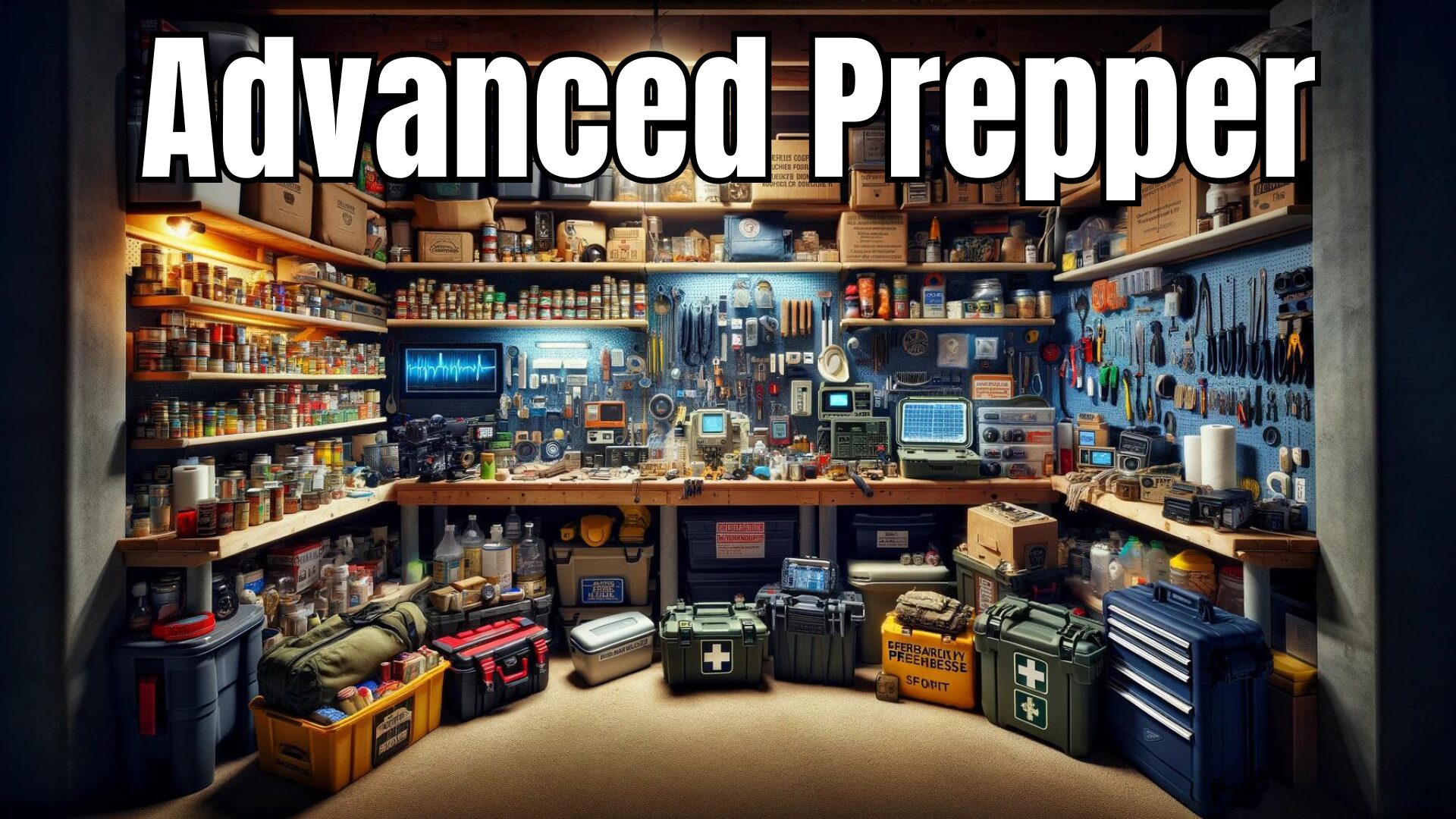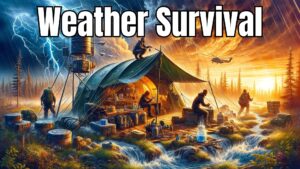In a world where the unexpected can become reality in the blink of an eye, being prepared is not just an option—it’s a necessity.
This guide unveils the layers of readiness, from basic survival skills to advanced tactical training, ensuring you’re equipped for whatever comes your way.
Table of Contents
Key Takeaways:
- Prioritize Basics: Focus on air, water, shelter, and food—the essentials of survival. Start with what’s most likely and build your readiness from there.
- Comprehensive Kits: Assemble kits that cater to both immediate and long-term needs, including water, food, first aid, and power sources.
- Community Strength: The importance of building a strong, supportive network can’t be overstated. Sharing knowledge and resources amplifies collective resilience.
External Dangers and Preparedness: Balancing Risk and Readiness
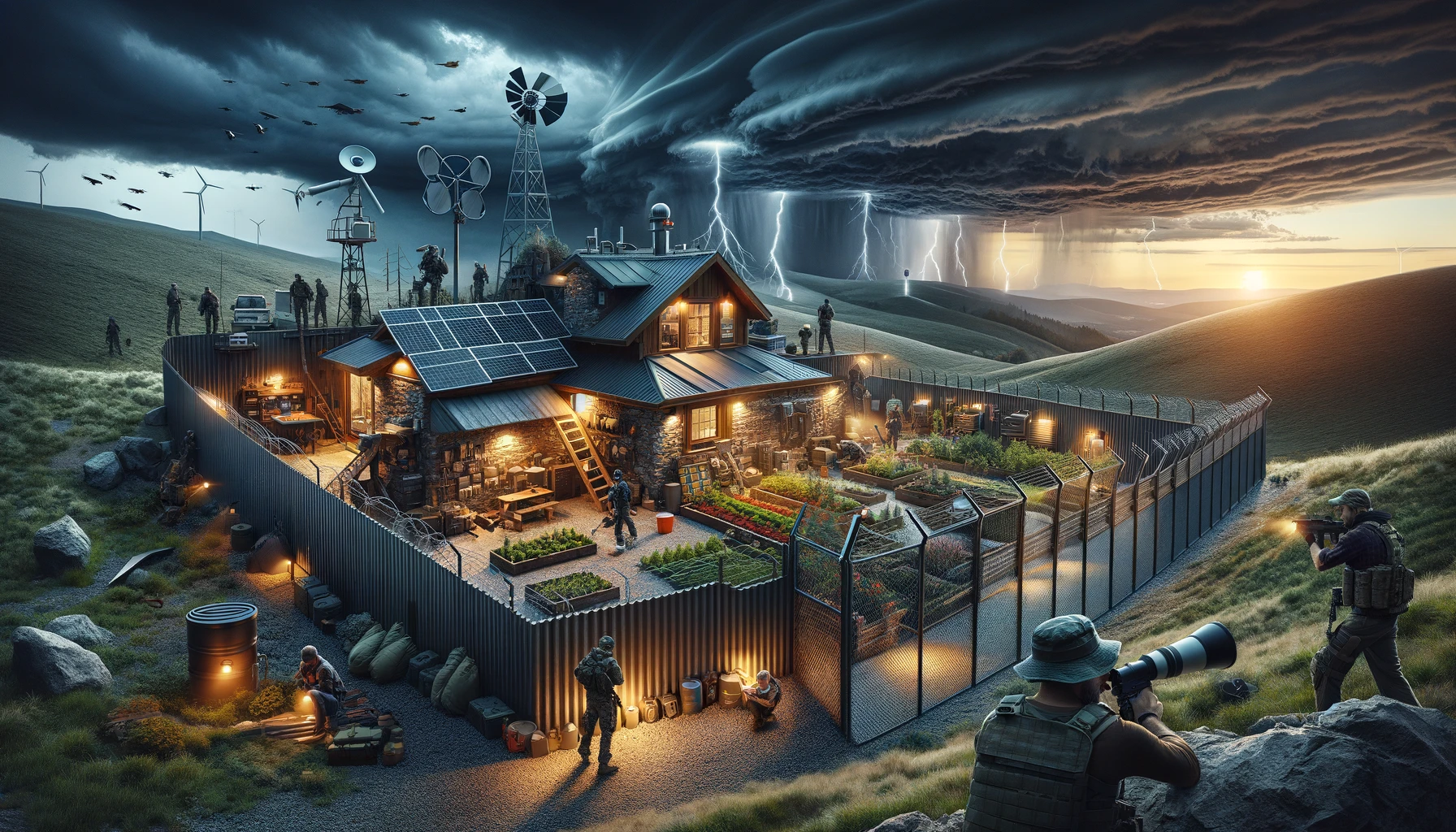
Understanding the Basics
As a prepper, being prepared for emergency situations is key.
Having essential survival skills and an emergency preparedness checklist can make all the difference when the unexpected strikes.
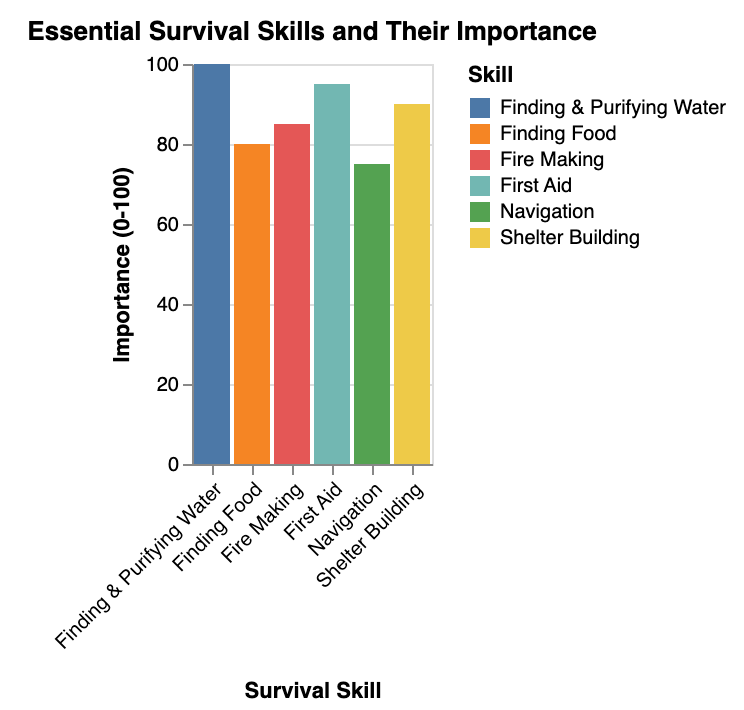
Whether it’s a natural disaster or a societal bug-out scenario, having a solid survival plan in place is crucial.
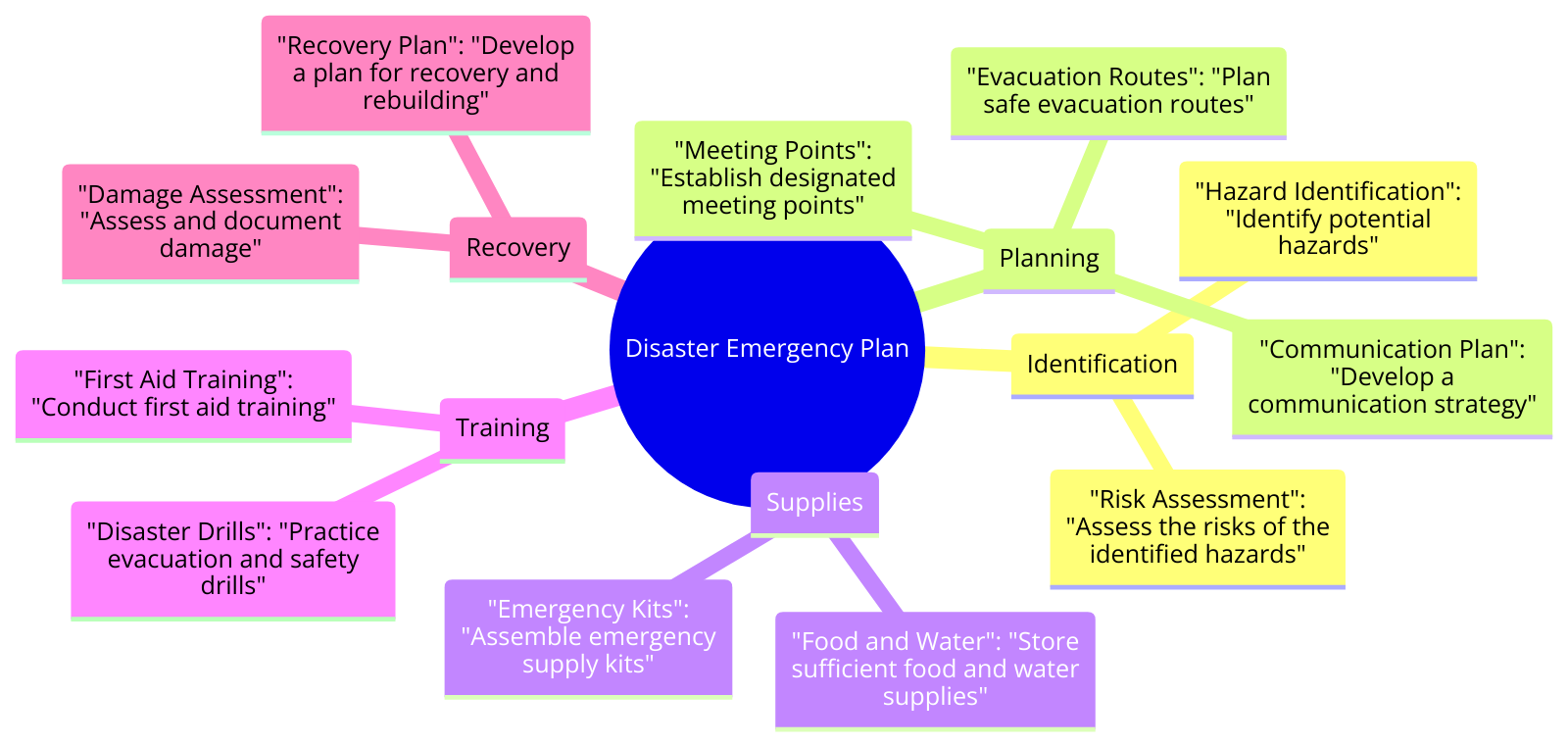
One of the first steps as an advanced prepper is to assess possible external dangers and tailor your preparedness to address them effectively.
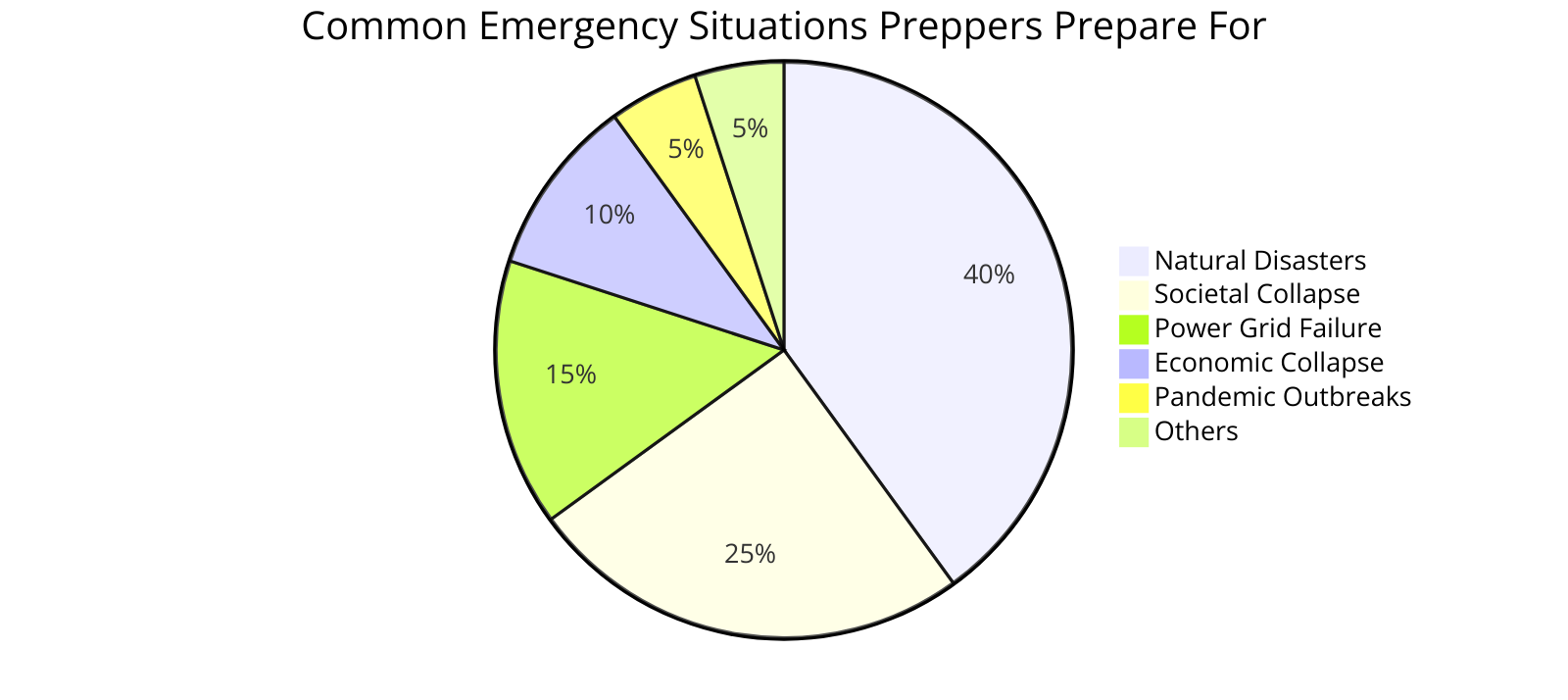
Elevating Your Prepping Game
For preppers looking to take their preparedness to the next level, delving into advanced first aid, honing survival skills, and enhancing emergency response tactics are essential.
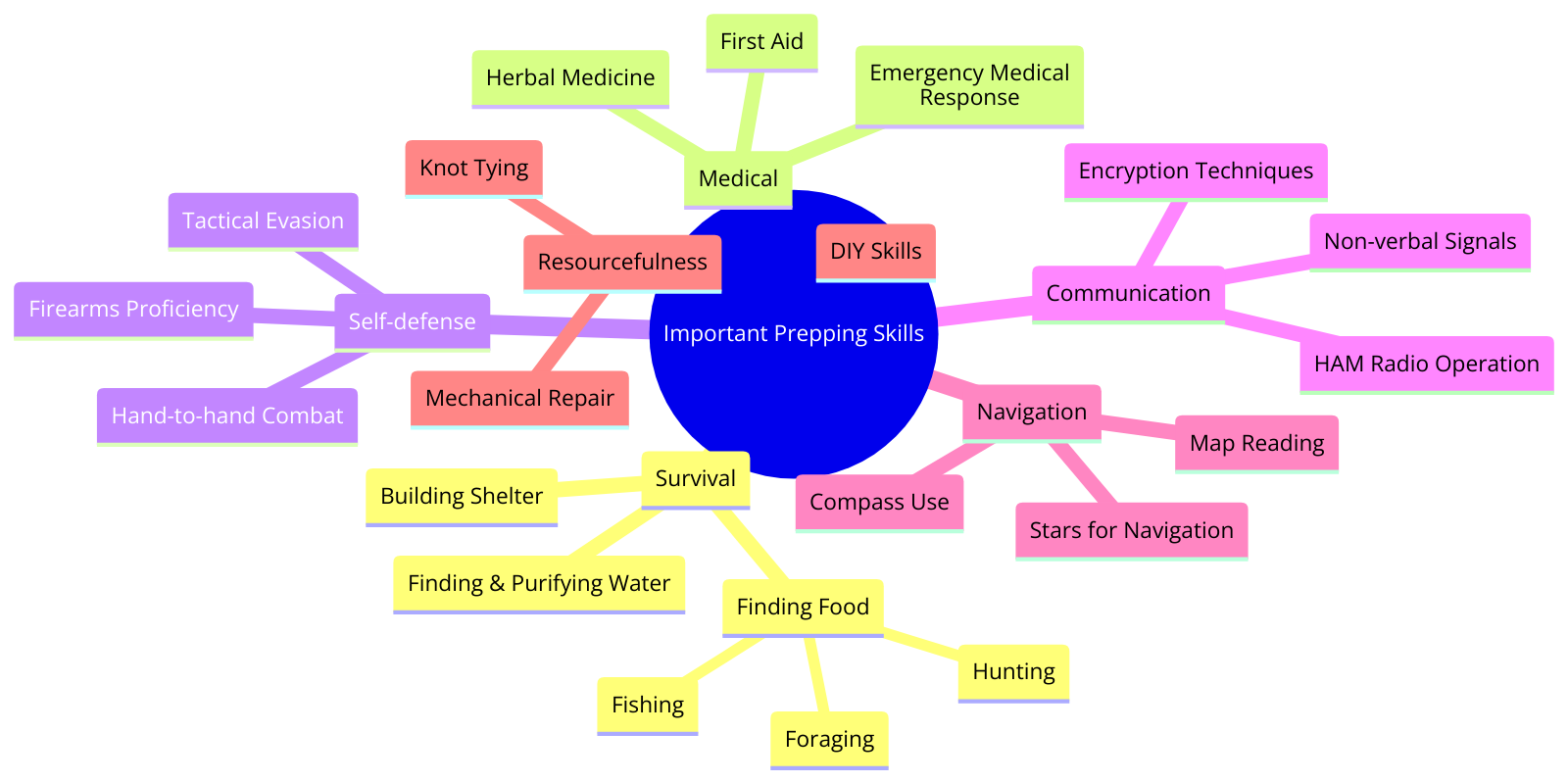
It’s not just about stockpiling supplies but also about being able to utilize them effectively in times of need.
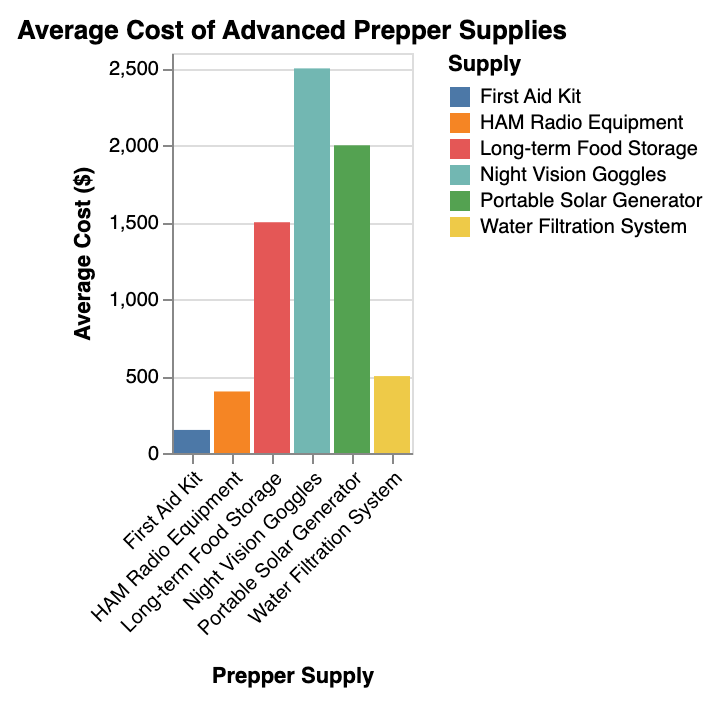
As an advanced prepper, constantly reassessing and upgrading your preparedness measures is key.
Urban and Wilderness Survival Skills: Essential Prepper Knowledge
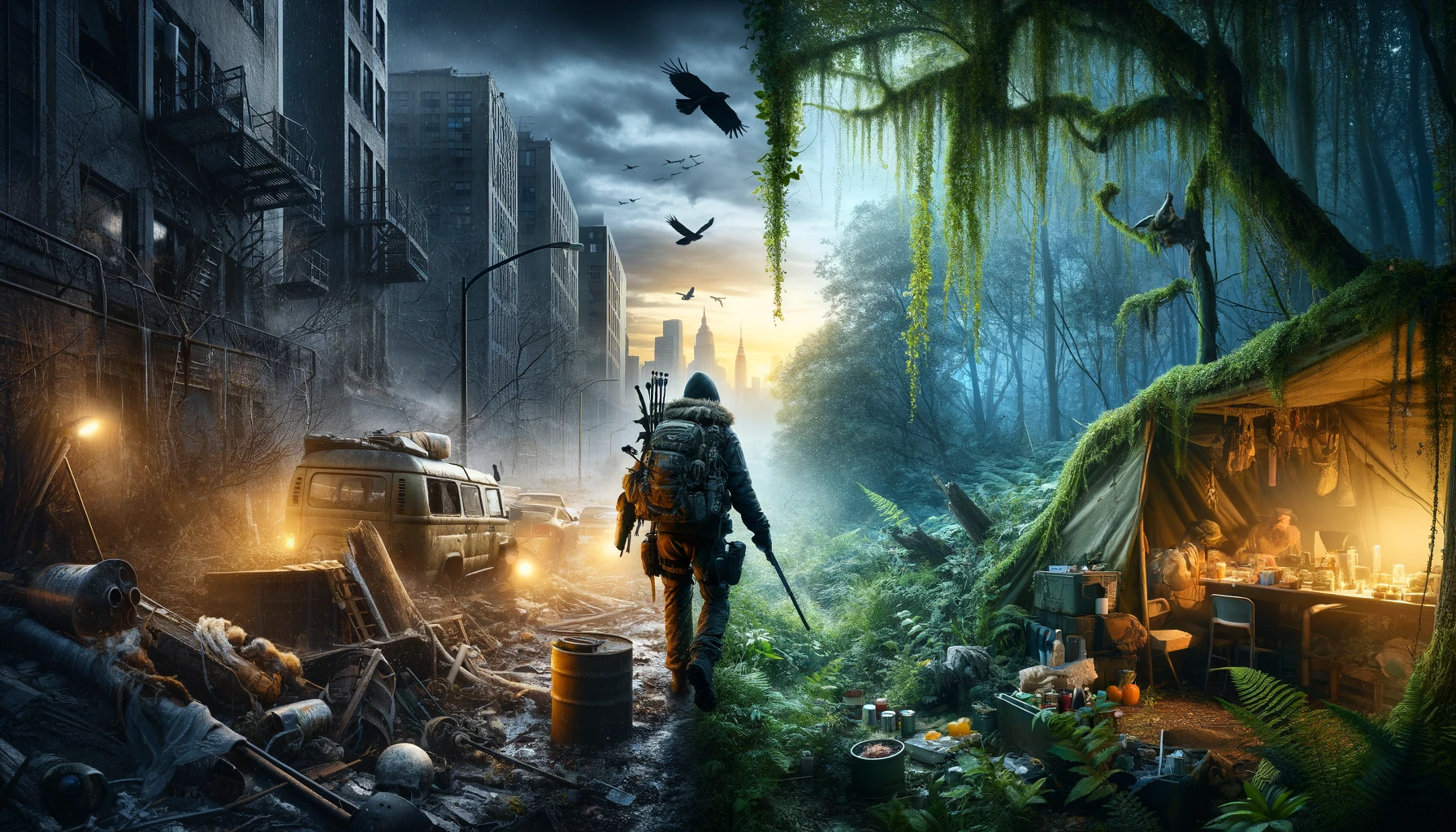
Learning Basic First Aid
In emergency situations, knowing basic first aid can be a lifesaver.
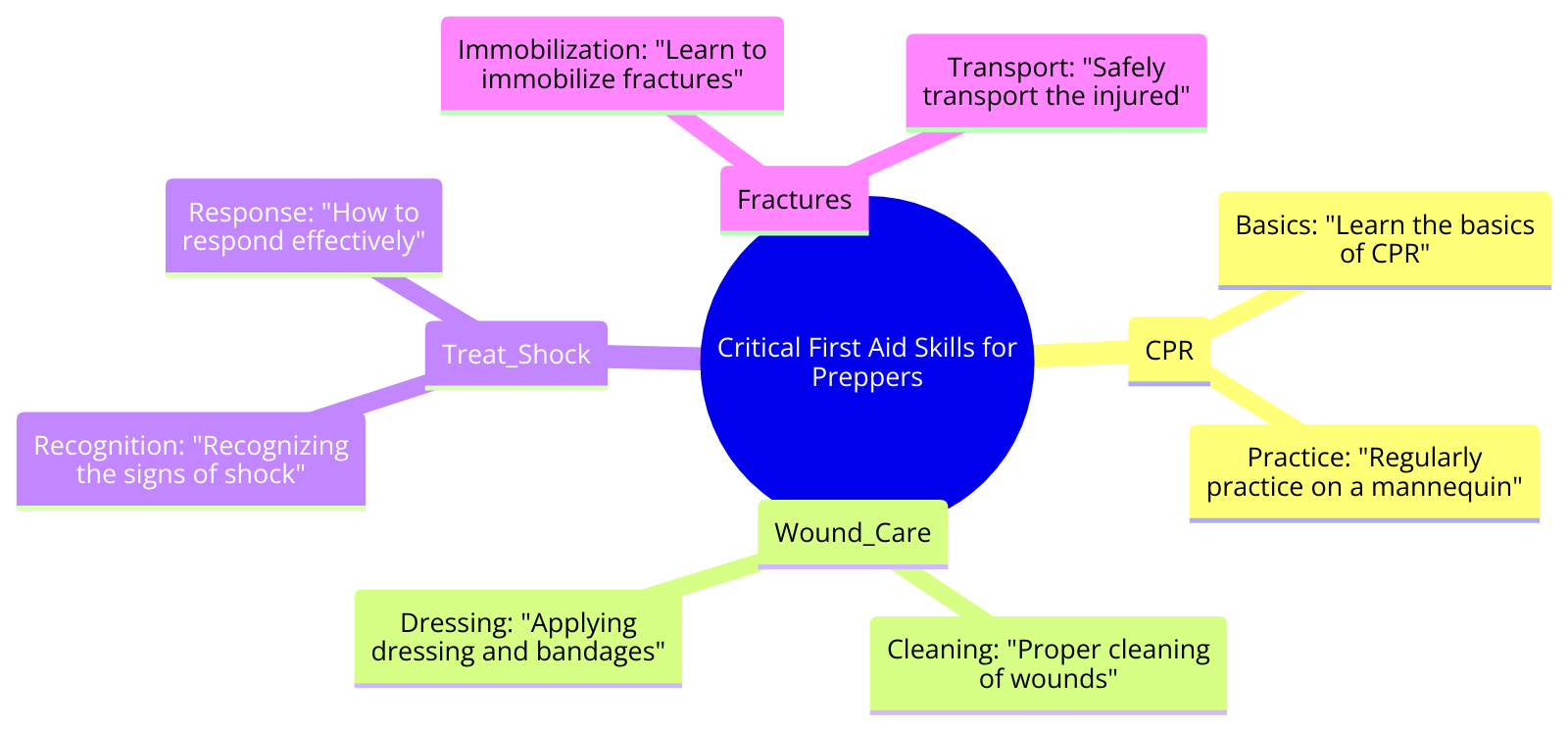
Make sure to prioritize learning how to apply a tourniquet and perform CPR.
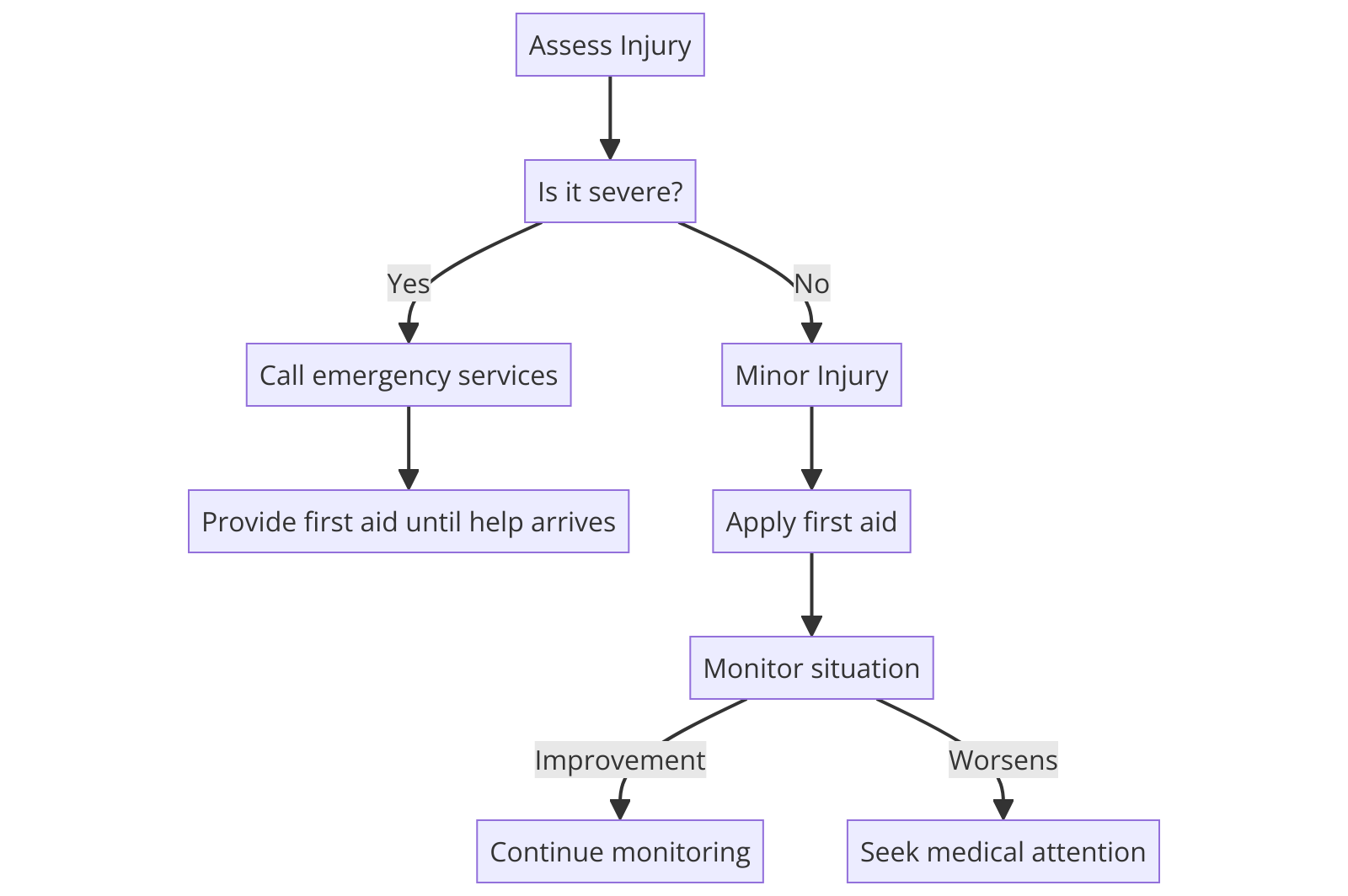
Connecting with Like-Minded People
Building a community of like-minded people can greatly enhance your stockpile and emergency services capabilities.
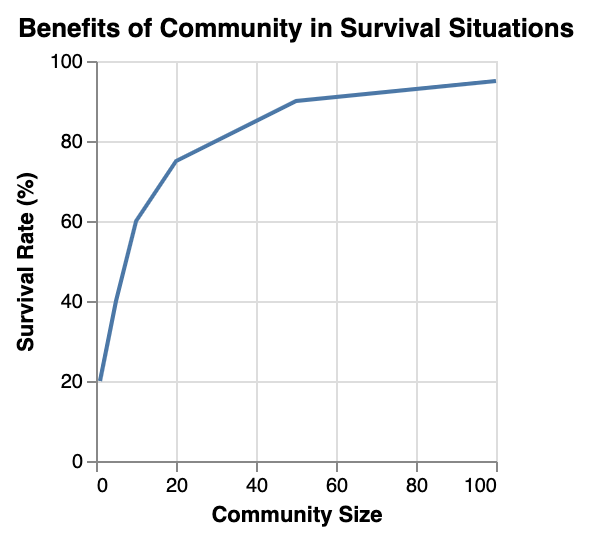
It’s vital to share knowledge on emergency preparedness and create a network that can support each other during challenging times.
| Method | Description | Advantages | Disadvantages |
|---|---|---|---|
| Ham Radio | Two-way radio using amateur bands | Long-distance reach, independence | Requires licensing, investment |
| Online Forums | Internet-based platforms for prepper groups | Wide access, information sharing | Limited offline connectivity |
| Local Meetups | In-person gatherings of preppers | Networking, resource sharing | Limited reach beyond locality |
| Social Media Groups | Online groups on platforms like Facebook | Instant communication, wide reach | Privacy concerns, misinformation |
| Community Networks | Forming local networks with neighboring preppers | Immediate support, skill sharing | Coordination challenges |
Comprehensive Prepper Checklist: Gear, Supplies, and Essentials
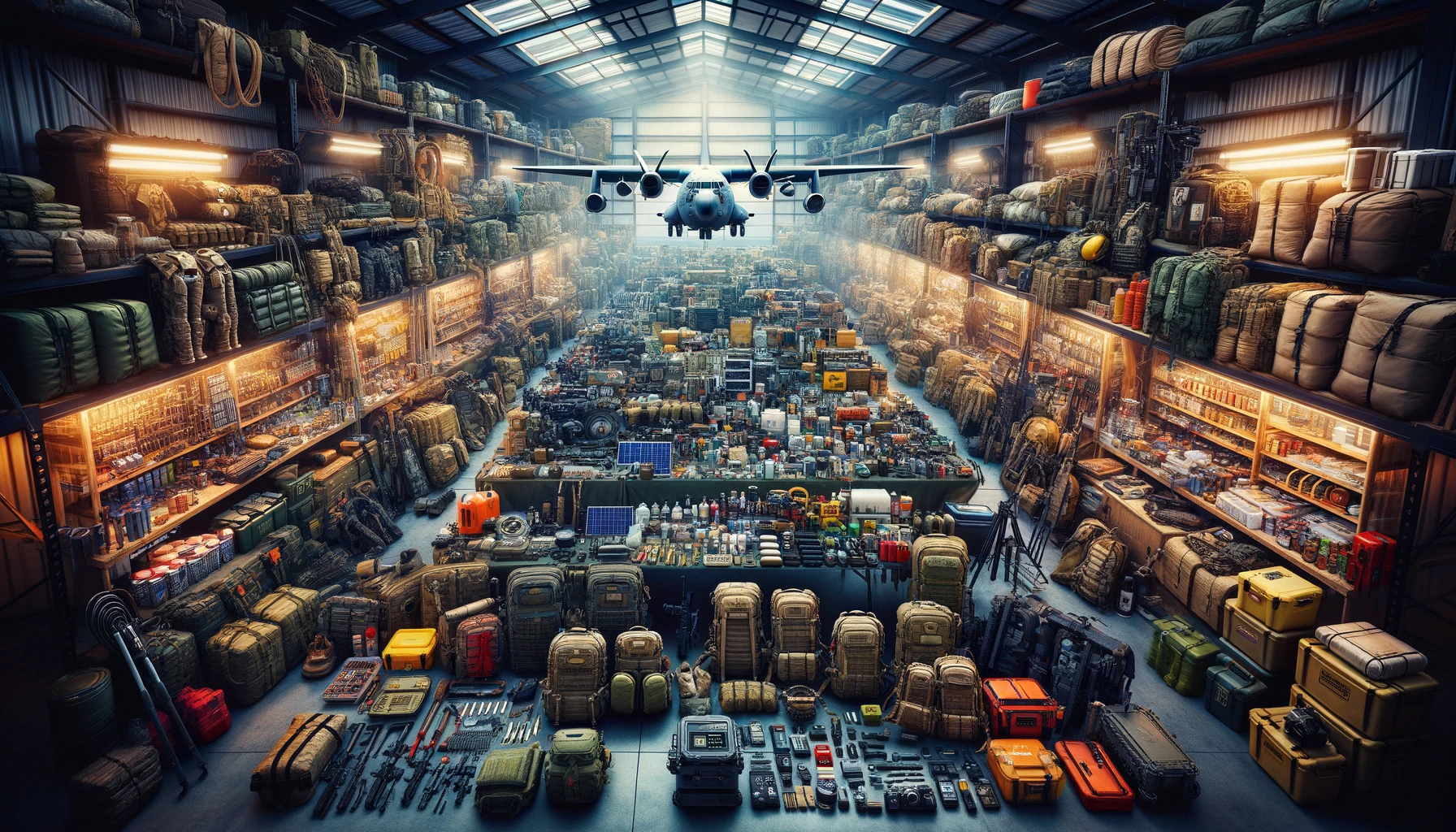
Gear and Supplies for Disaster Preparedness
When it comes to disaster preparedness, having the right gear and supplies can make all the difference.

Items like water purification tablets, a portable water filter, or even just a few drops of bleach can help ensure you have access to clean drinking water in a survival situation.
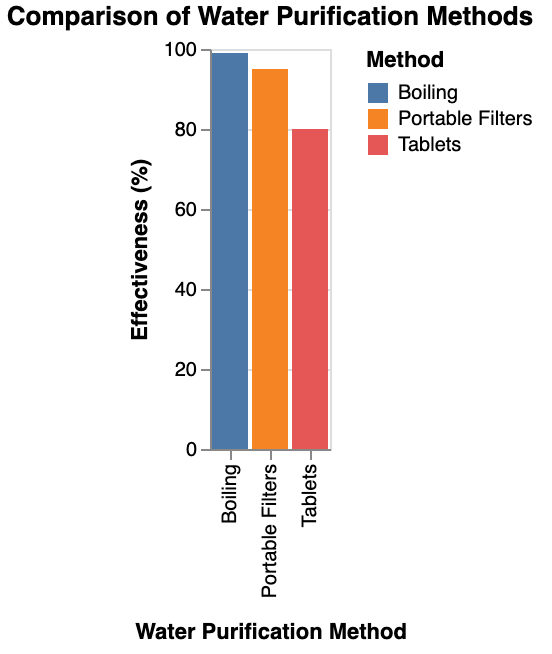
It’s also essential to consider tools for homesteading and self-reliance in your prepper checklist.
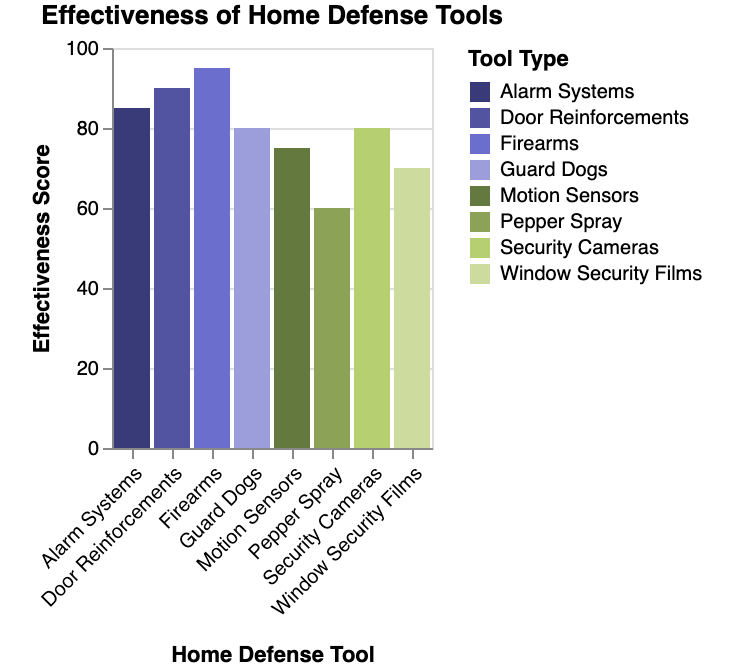
Think about what you would need to survive in a localized disaster or shtf disaster scenario, and make sure your gear covers those bases.
Essentials for Food and Water in a Crisis
In any disaster scenario, food and water are at the top of the list of essentials.
Stockpile non-perishable food items with long shelf lives like canned goods, rice, and pasta.
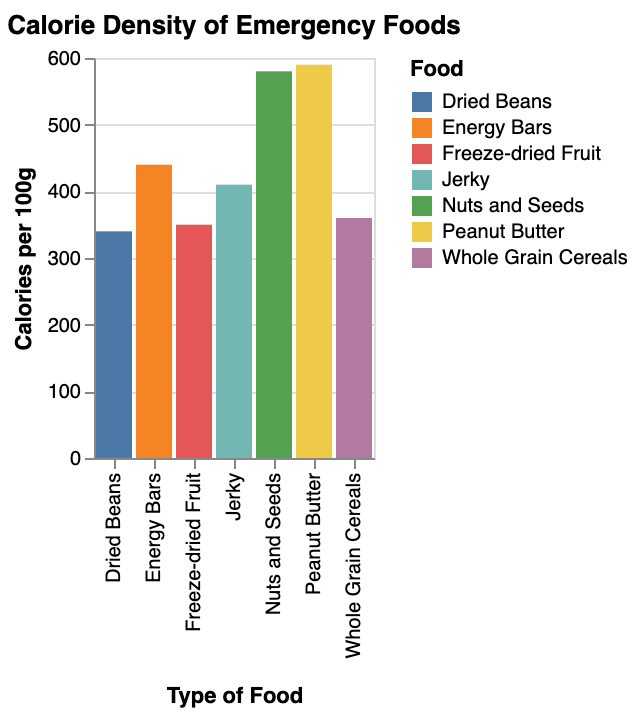
Include a variety of calorie-dense snacks like granola bars and nuts for quick energy in emergencies.
For water, store at least a gallon per person per day and consider investing in water filtration systems for a long-term survival strategy.
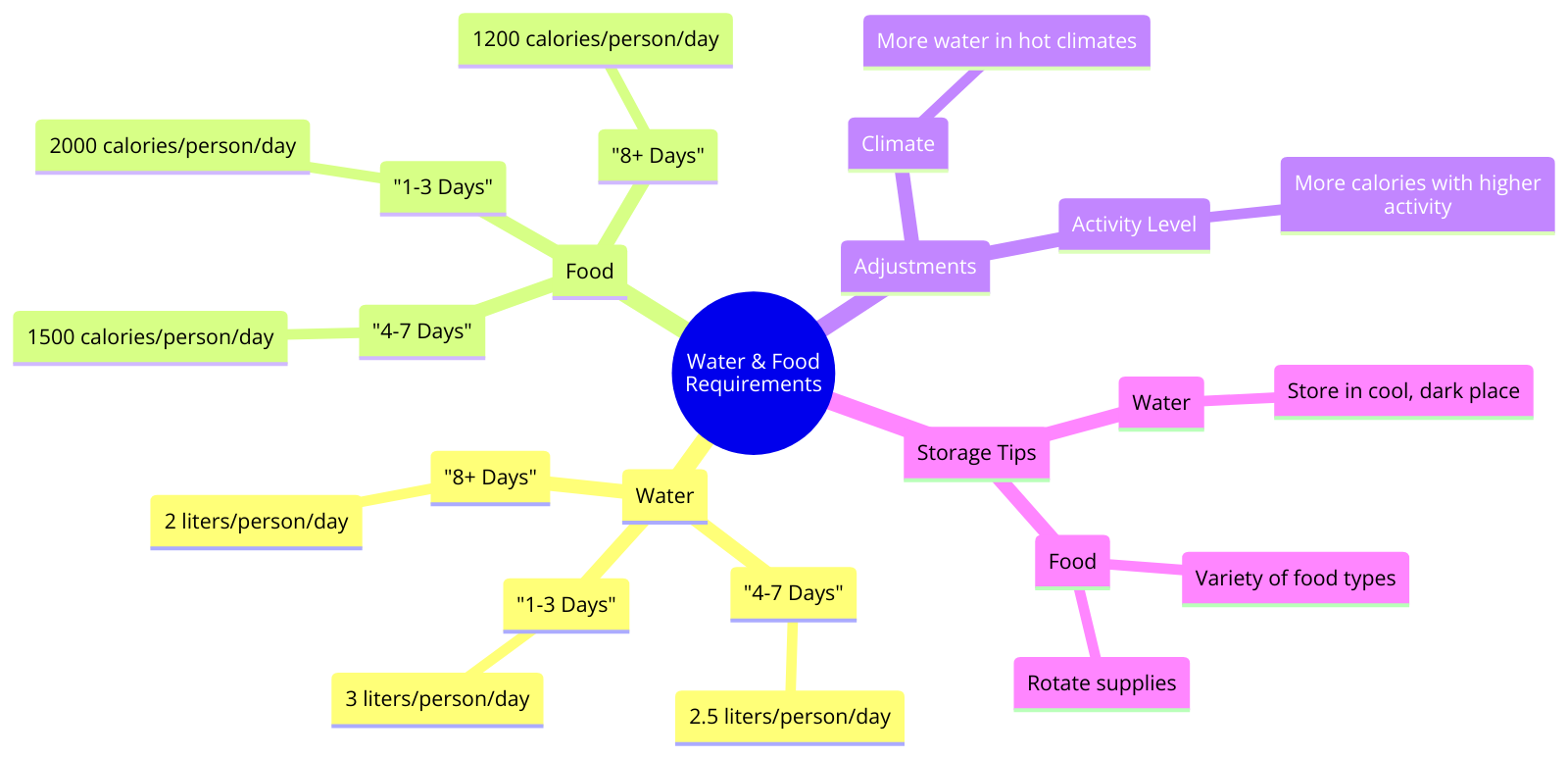
Homesteading and Sustainable Living: A Path to Self-Reliance
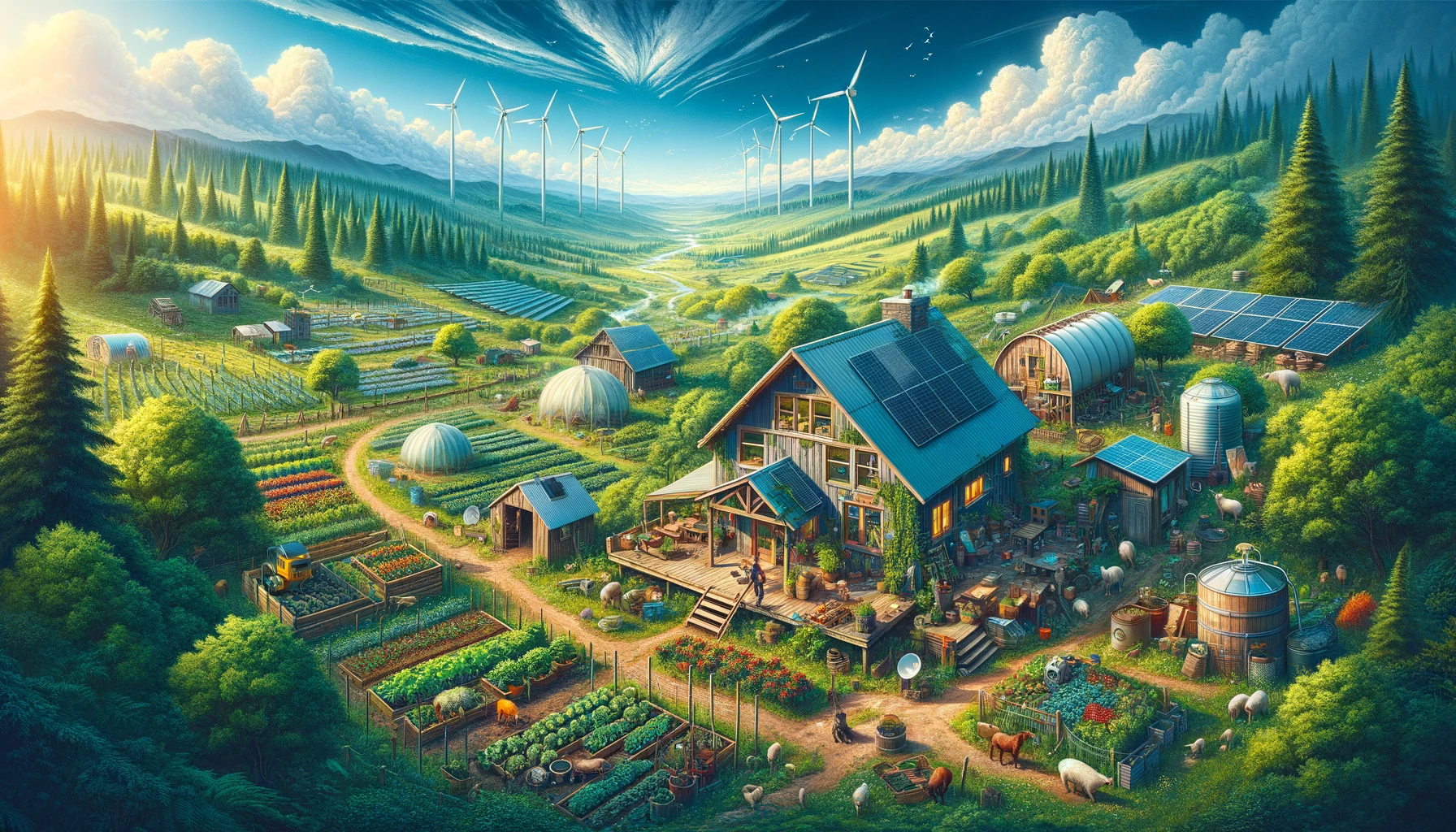
Homesteading Essentials
Living off the grid can be empowering but daunting.
Water filtration is crucial to your chances of survival.
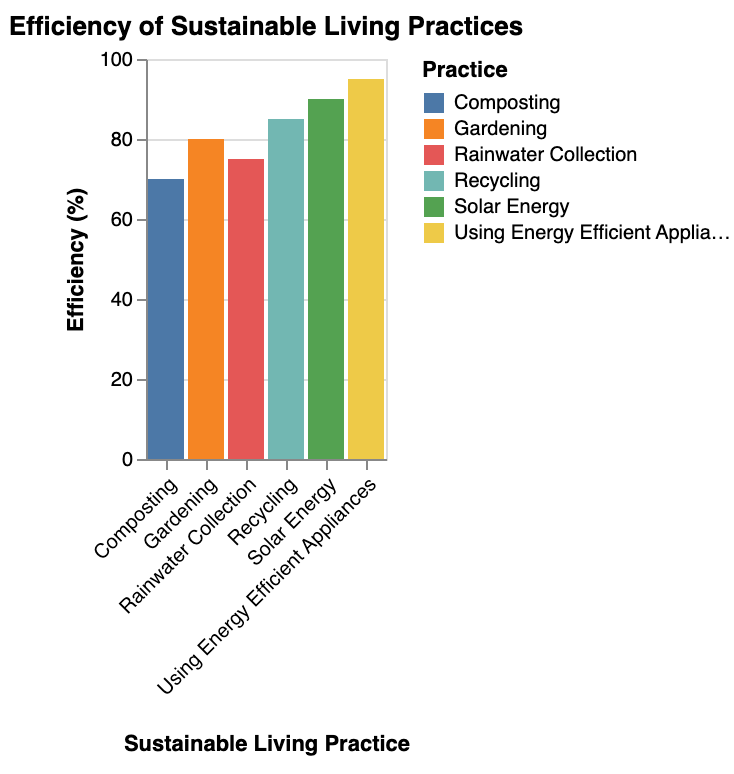
Investing in water storage containers and solar panels can bolster your self-reliance, especially in scenarios without electricity.
Consider creating an EDC and a first aid kit based on advice from survival experts.
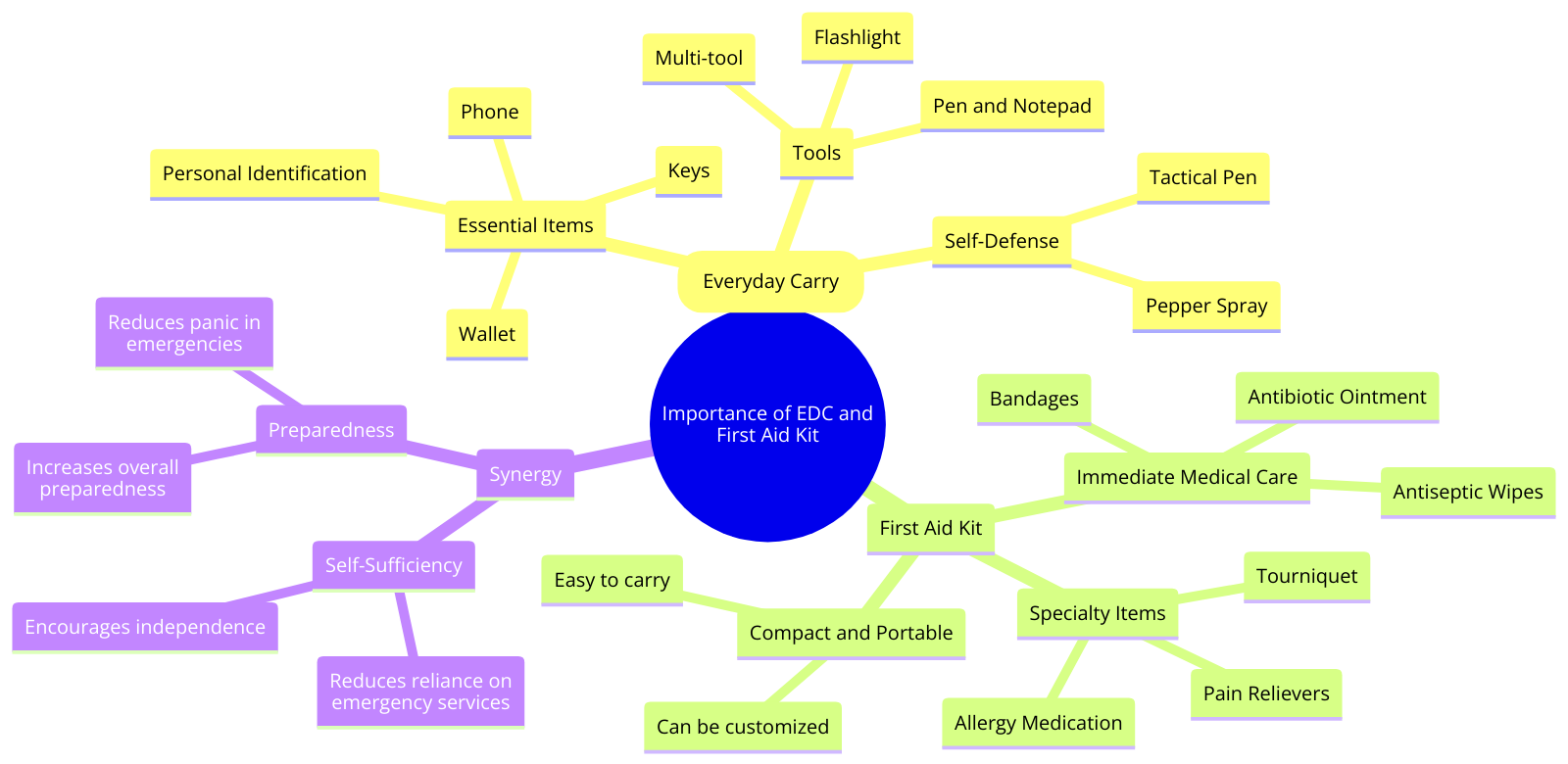
Sustainable Living Practices
To understand the worth of supplies in your prepper’s kit, you need to know what’s going on around you.
Embrace homesteading tasks like gardening and canning to enhance self-sufficiency.
Implement rainwater harvesting systems and cultivate a diverse garden to reduce dependence on external resources.
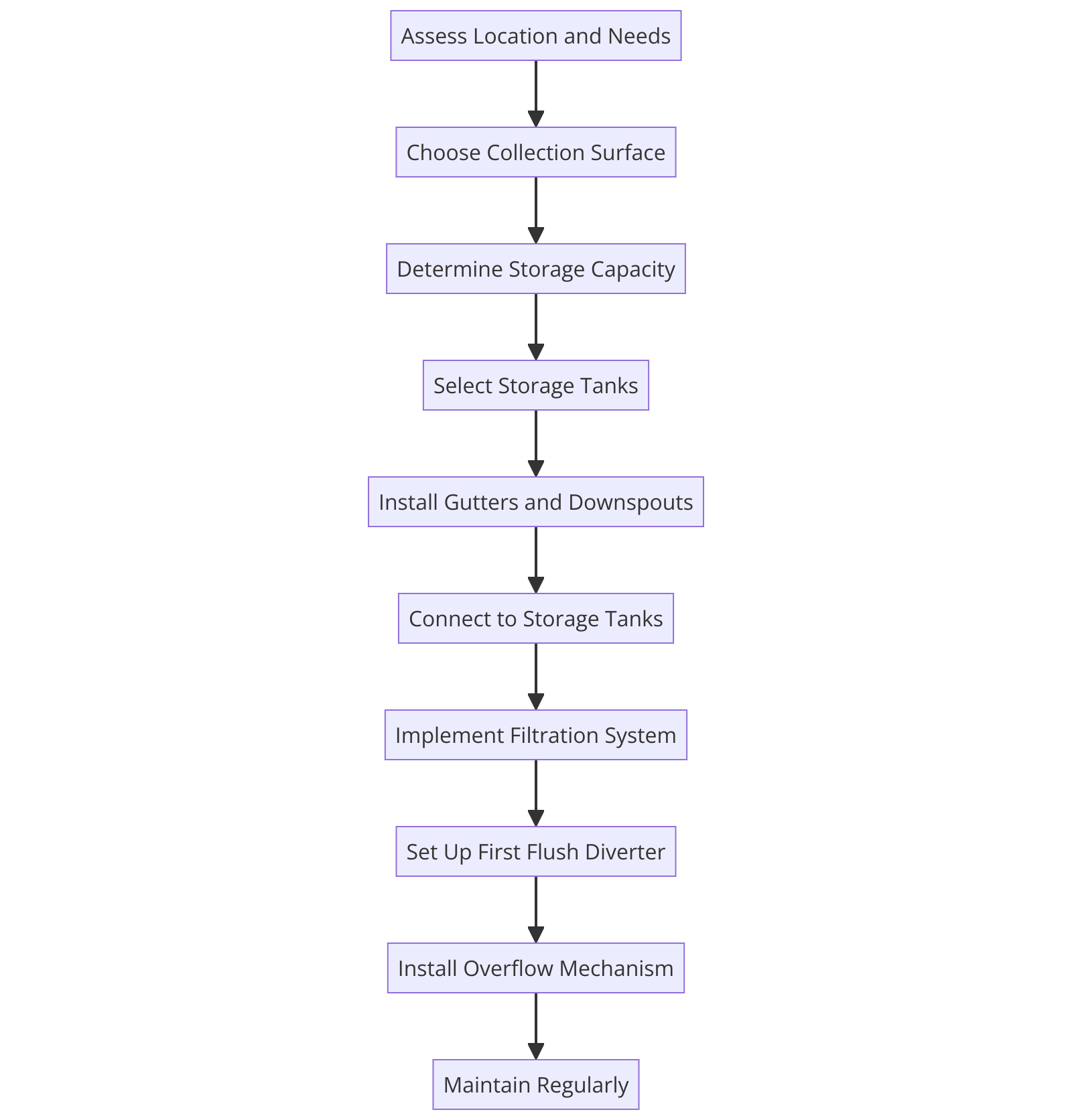
Community building plays an integral role in a sustainable future – a strong network can provide support and resources during challenging times.
Tactical Training and Advanced Stockpiling: Elevating Prepping Practices
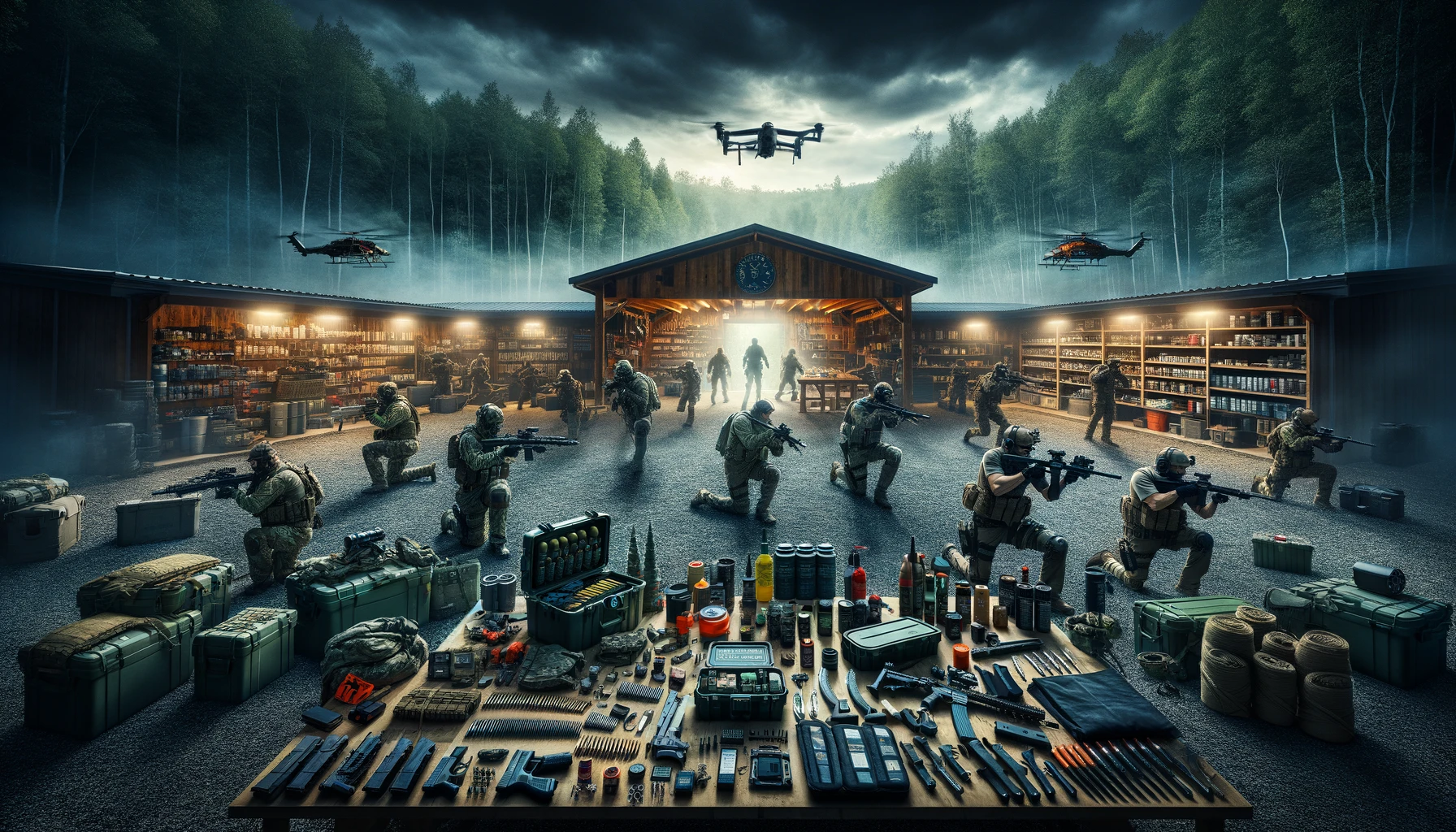
Enhancing Your Tactical Skills
When it comes to prepping, having tactical training can make a huge difference between life and death in emergencies and disasters.
| Course | Duration | Key Skills Taught |
|---|---|---|
| Front Sight Firearms Training | 4 days | Pistol and rifle marksmanship, tactical gun handling, defensive shooting techniques |
| US Army Ranger School | 61 days | Small unit tactics, combat leadership, survival skills |
| Bear Grylls Survival Academy | 24-48 hours | Wilderness survival, shelter building, fire starting |
| Tactical Combat Casualty Care (TCCC) | 2 days | Tactical first aid, hemorrhage control, casualty extraction |
| Urban Escape & Evasion Training | 2 days | Urban navigation, counter-kidnapping techniques, evasion tactics |
| Tony Scotti’s Vehicle Dynamics Institute | 3 days | Defensive driving maneuvers, high-speed vehicle handling, vehicle ambush response |
| Tactical Communications Course | 3 days | Radio operation, tactical signaling, team communication strategies |
Whether you’re a lone wolf or part of a group, being prepared is key to making it through.
Consider factors like communication devices such as radios, as the last thing you want is to be isolated without a way to reach out for help.
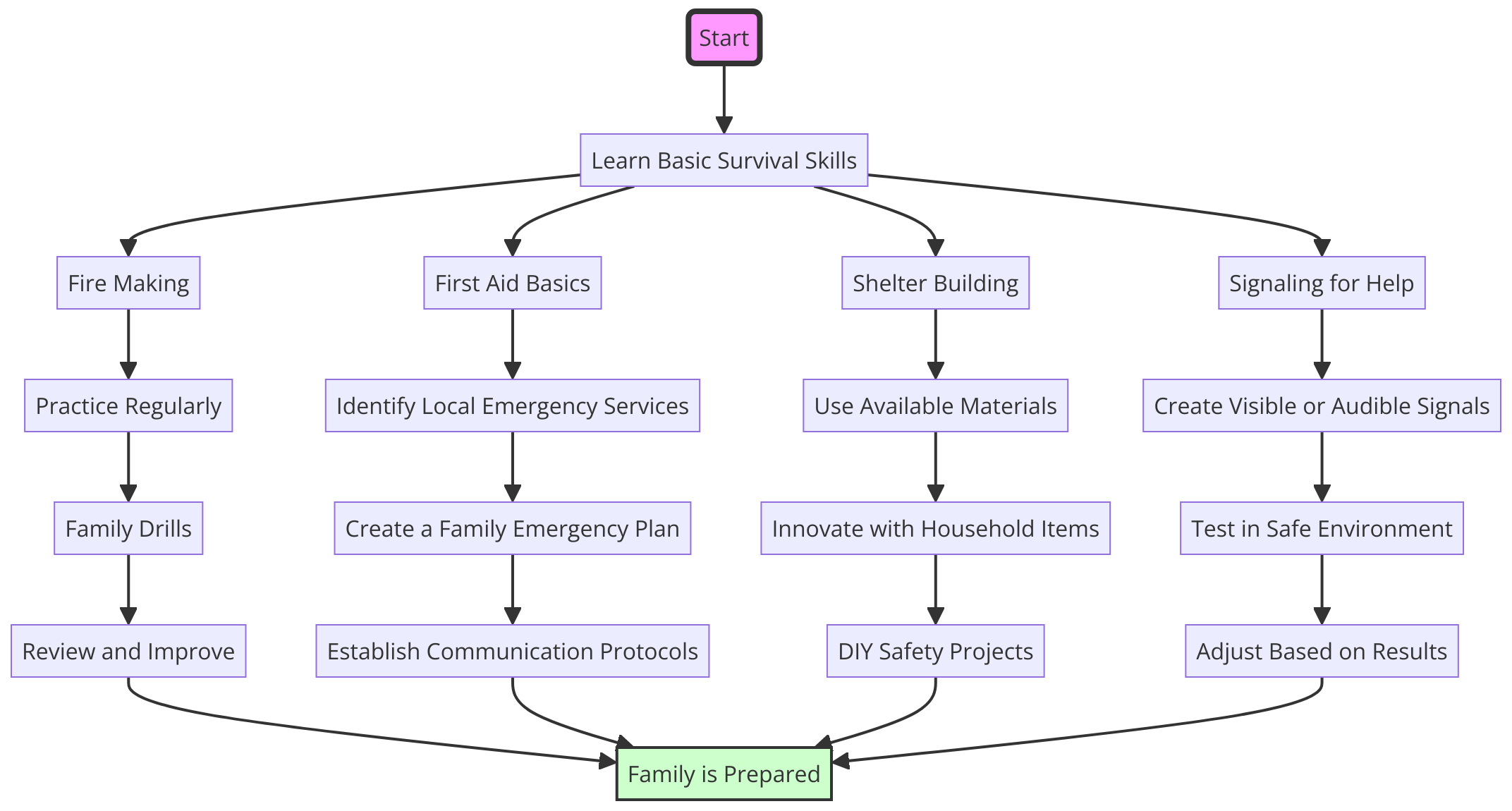
Advanced Stockpiling Techniques
Stockpiling supplies is crucial for being ready for any scenario.
While I don’t recommend panic-buying, looking to elevate your prepping by expanding your reserves is a great option.
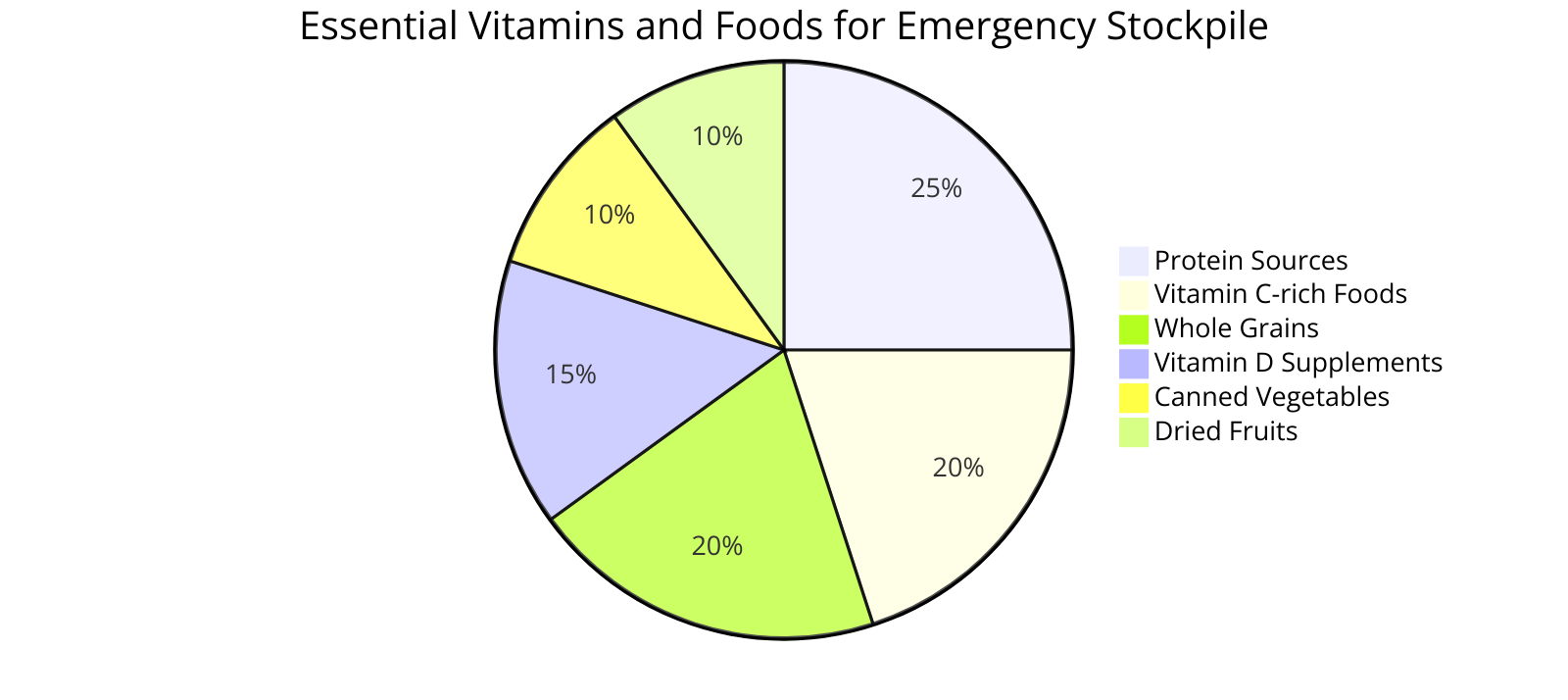
Think beyond just food and water – consider devices such as radios for communication, tools for shelter-building, and advanced first aid kits for medical emergencies.
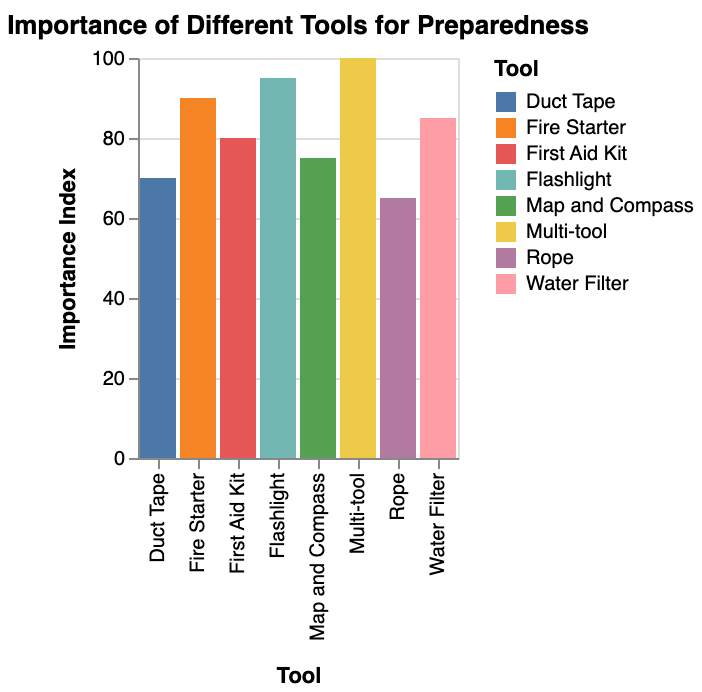
Knowing what to stockpile, how to rotate supplies, and how to ensure they remain viable can make all the difference between life and death.
Advanced First Aid: Critical Emergency Response Skills
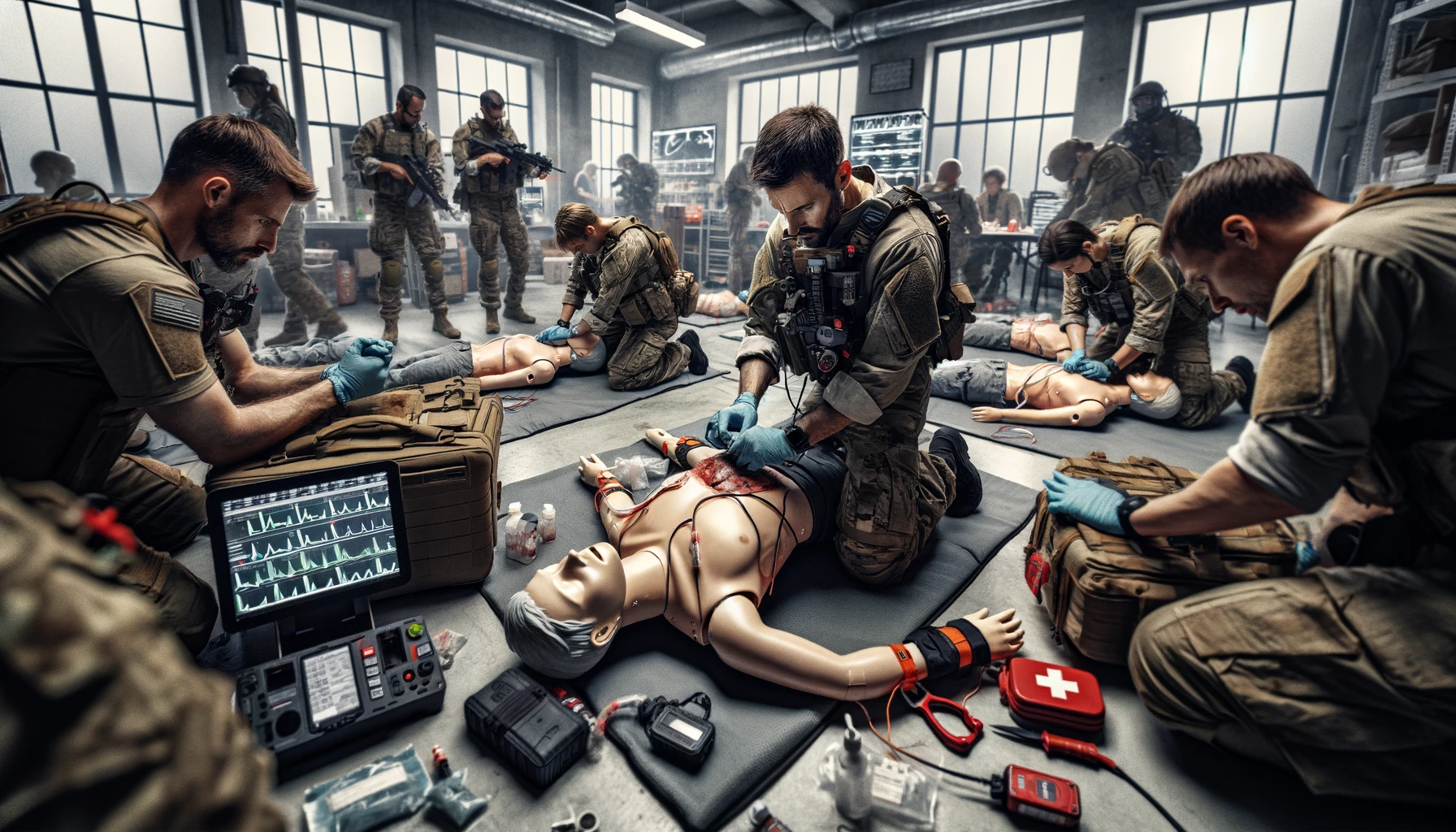
Implementing Emergency Response Techniques
In times of medical emergencies, you need to be well-prepared.
Start by compiling a list of vital contact numbers for emergency services and medical professionals.
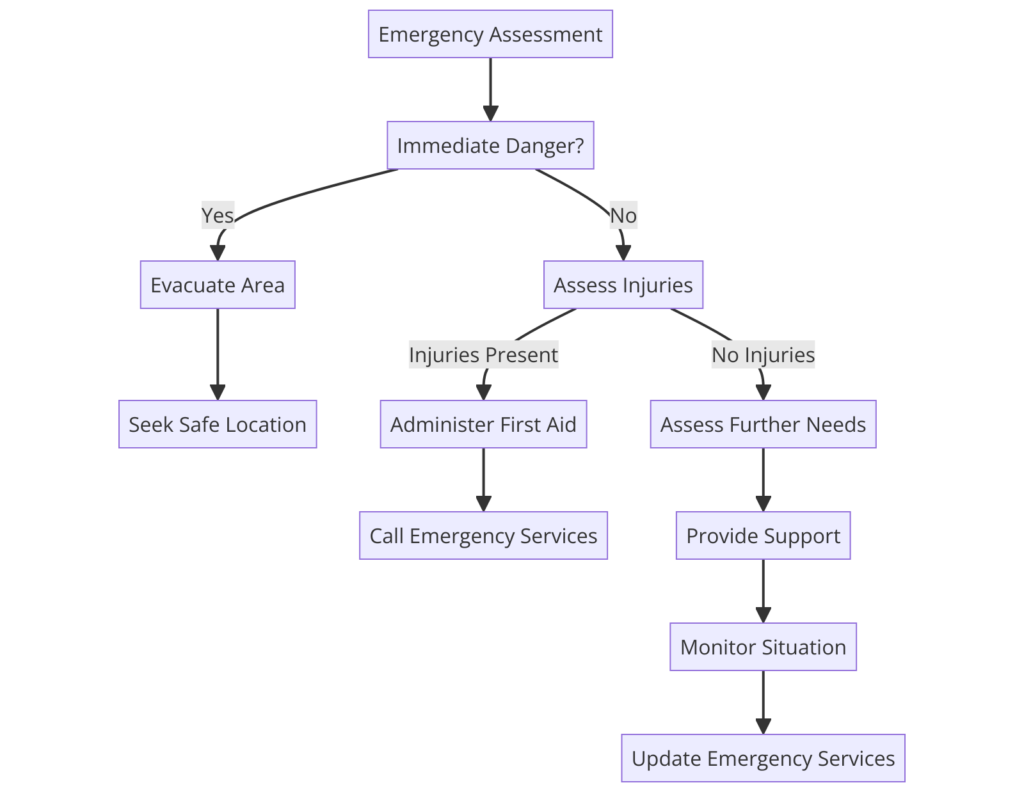
Know which ones are the nearest to your location and have them readily available.
Additionally, make sure you have a well-rounded first aid kit that includes items like bandages, antiseptic wipes, and pain relievers.
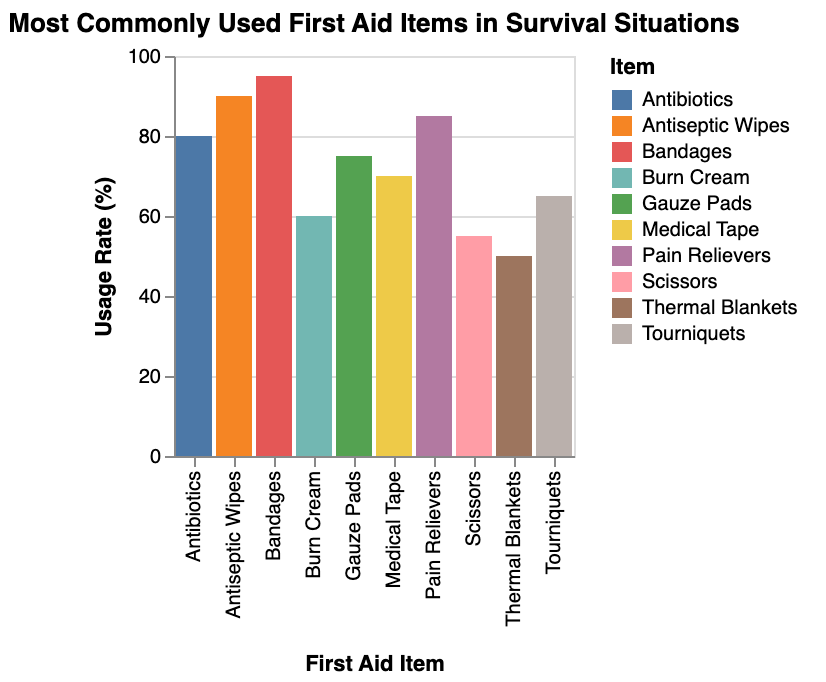
In the case of serious incidents, having a tourniquet and proper training on its application can be lifesaving.
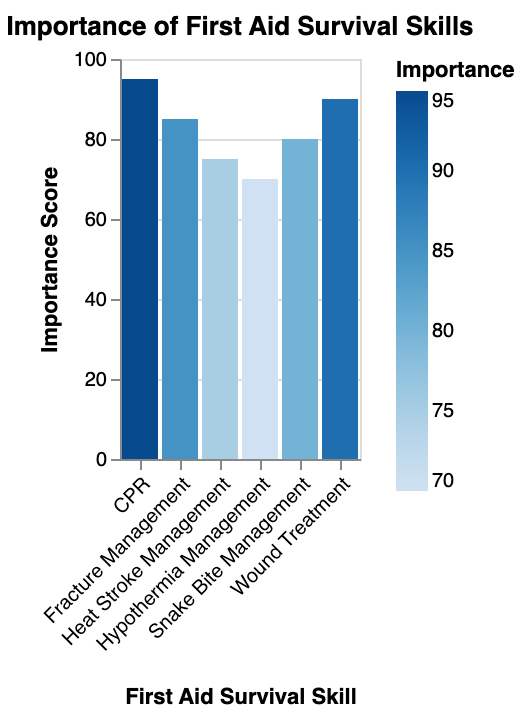
Ensuring Survival Essentials
When facing medical crises, it’s essential to consider temporary shelter and food supply.
Allocate time to pack supplies such as non-perishable food items and portable water for at least one gallon per person per day.
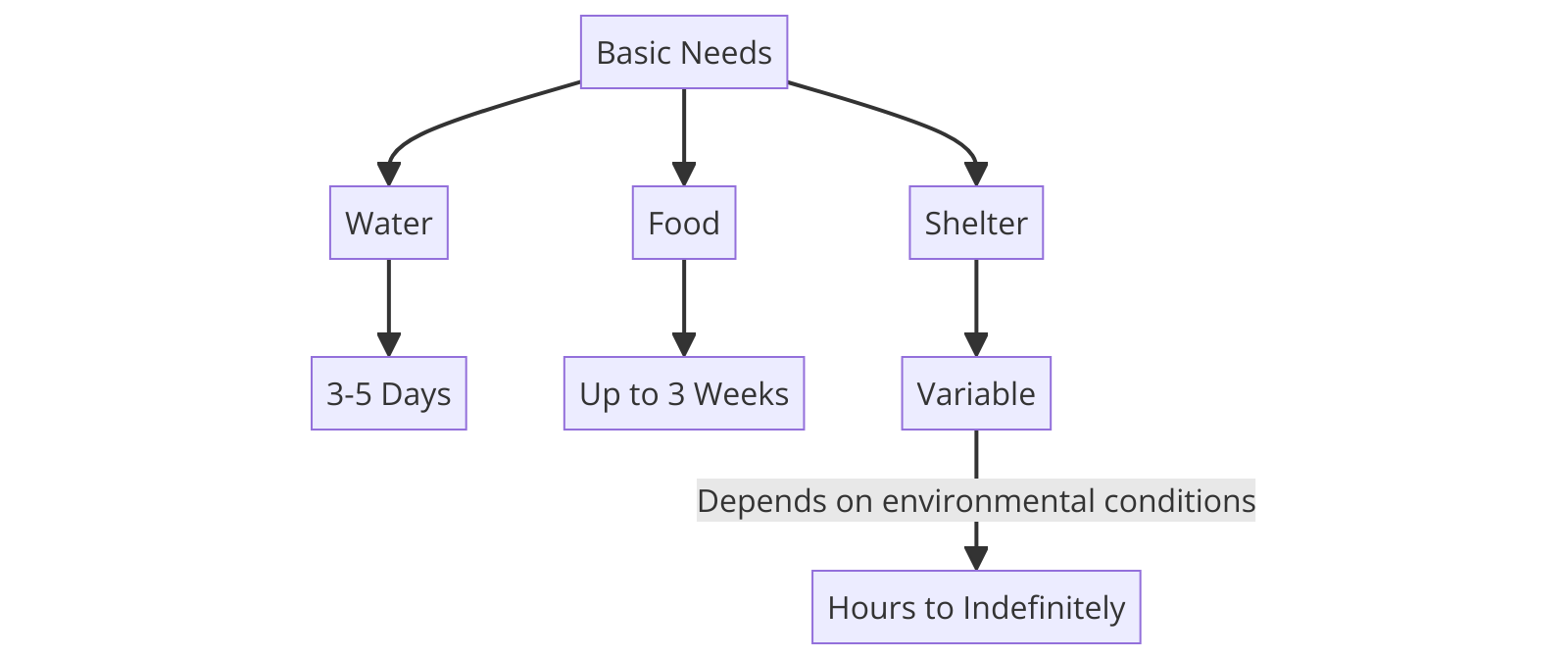
If clean water is unavailable, learn how to use water purification tablets or filters.
Remember to consider any medication requirements and ensure a sufficient medical supply.
| Medication | Uses |
|---|---|
| Ibuprofen | Pain relief, fever reduction |
| Acetaminophen | Pain relief, fever reduction |
| Antihistamines | Allergy relief, treatment of allergic reactions |
| Antibiotics | Treatment of bacterial infections, prevention of wound infections |
| Antidiarrheals | Relief from diarrhea, prevention of dehydration |
| Hydrocortisone Cream | Anti-inflammatory for skin irritation and itching |
| Epinephrine (EpiPen) | Treatment of severe allergic reactions (anaphylaxis) |
| Aspirin | Pain relief, blood thinning for heart attack prevention |
Community Building for Advanced Preppers: Strength in Unity
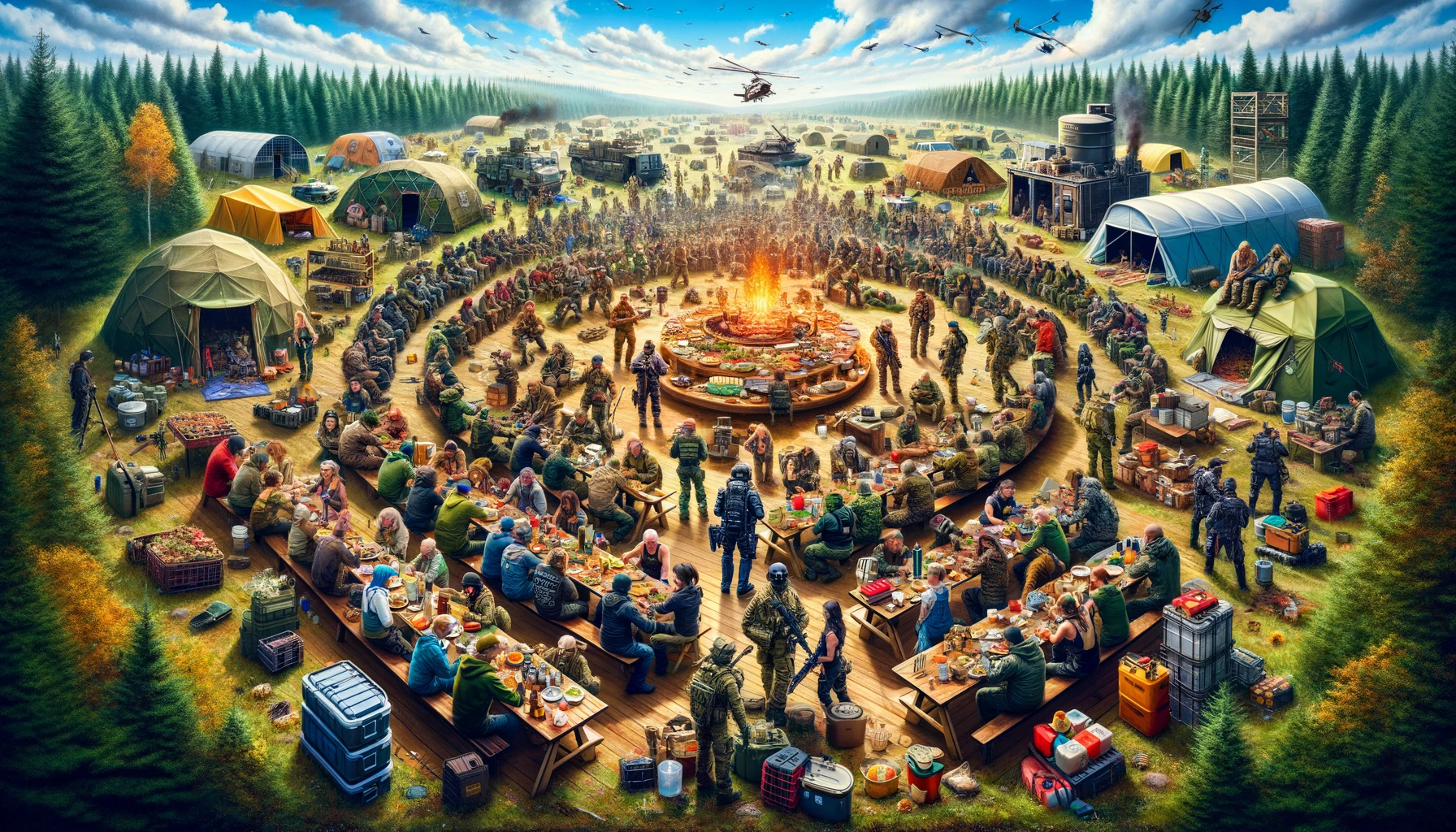
Building a Strong Network
As advanced preppers, we understand the vital role that community plays in our preparedness efforts.
By connecting with like-minded individuals, we can pool our resources, share valuable information, and support each other in times of crisis.
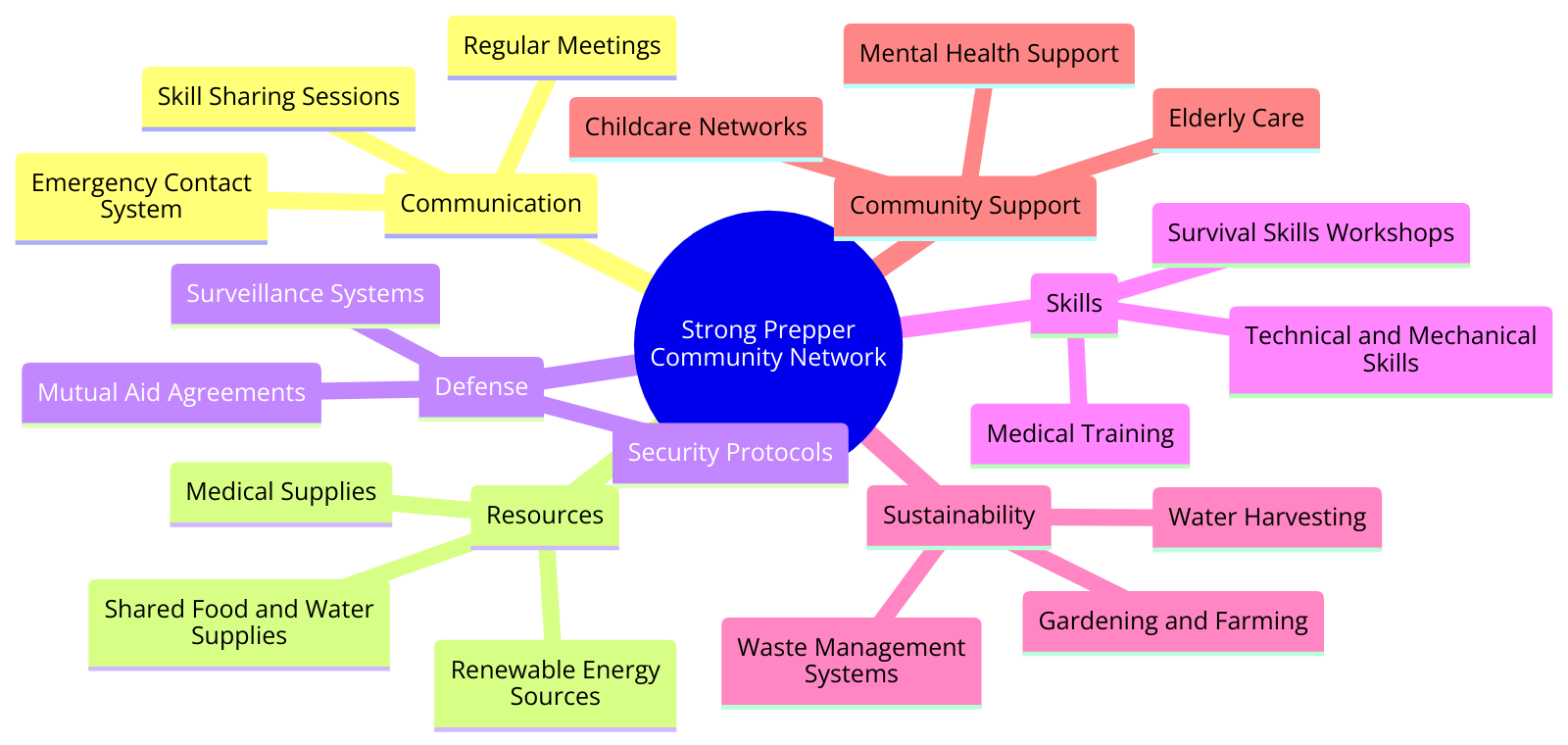
It’s essential to dedicate time and effort to nurturing these relationships, whether through local meetups, online forums, or training exercises.
In the face of threats like looters, active shooters, or house fires, having a network of fellow preppers can make all the difference.
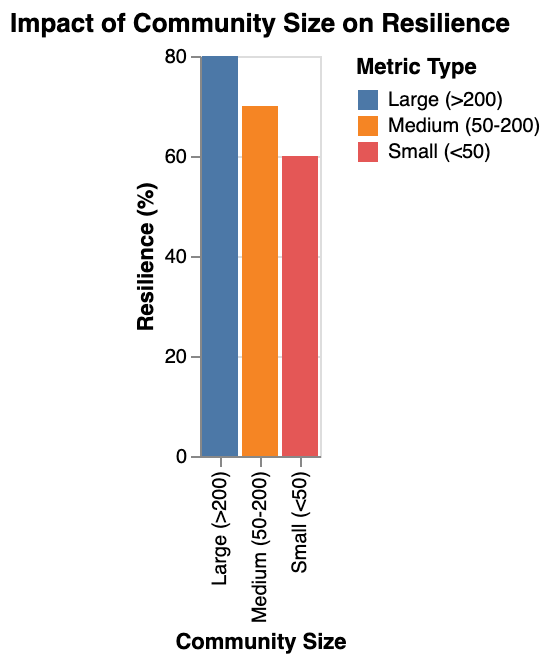
Establishing Emergency Response Teams
In our community of advanced preppers, we recognize the importance of having designated roles and responsibilities.
| Role | Responsibilities |
|---|---|
| Incident Commander | Overall coordination and management of response efforts |
| Operations Officer | Directs tactical operations and resource allocation |
| Planning Officer | Develops action plans and coordinates resource needs |
| Logistics Officer | Manages procurement, transportation, and distribution of resources |
| Finance/Administration Officer | Handles financial and administrative aspects of response |
| Safety Officer | Monitors safety hazards and ensures compliance with safety protocols |
| Liaison Officer | Coordinates communication between the response team and external agencies |
| Public Information Officer | Manages communication with the media and public |
Creating teams for specific tasks, such as first responders, medical aid providers, or security detail, ensures that everyone knows their job when disaster strikes.
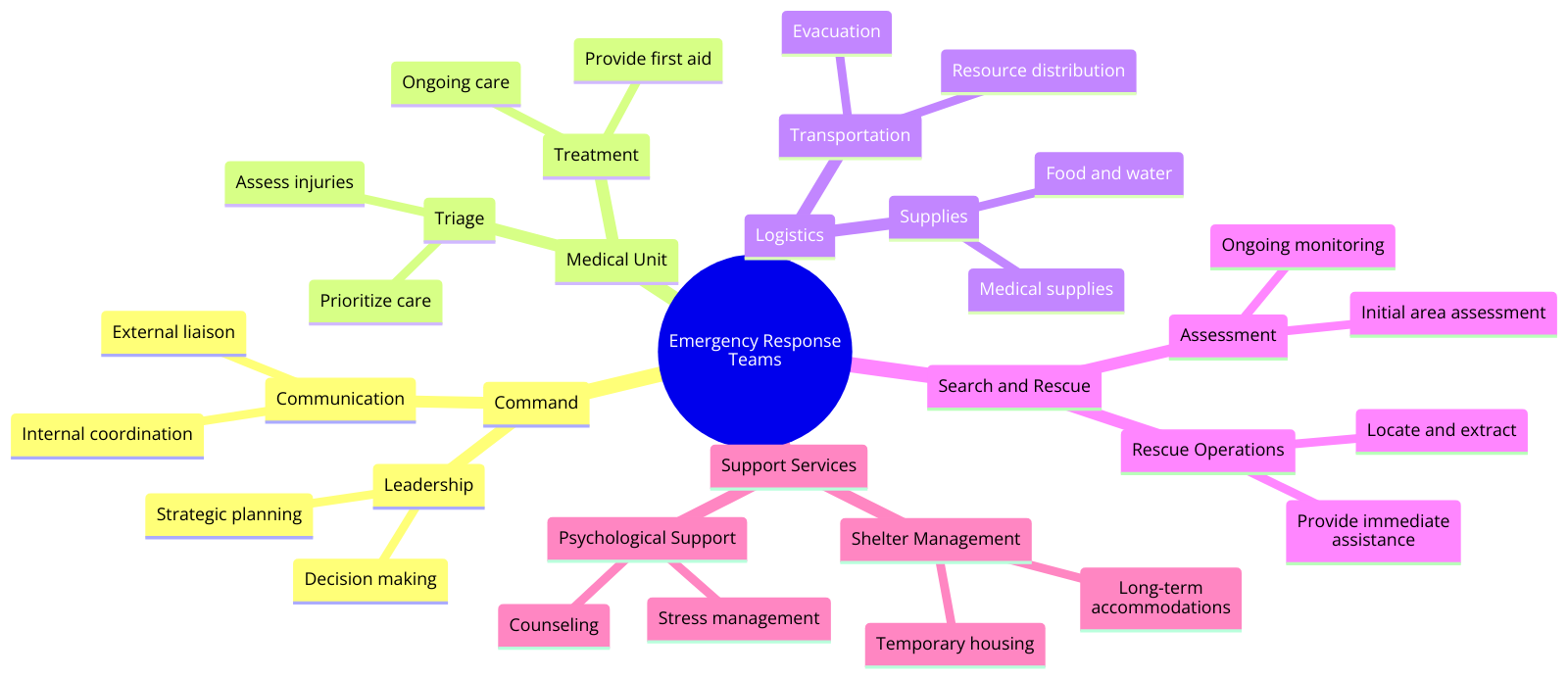
By practicing scenarios like applying a splint, responding to a fire, or confronting a threat, we can hone our skills and build trust within our group.
More Resources:


